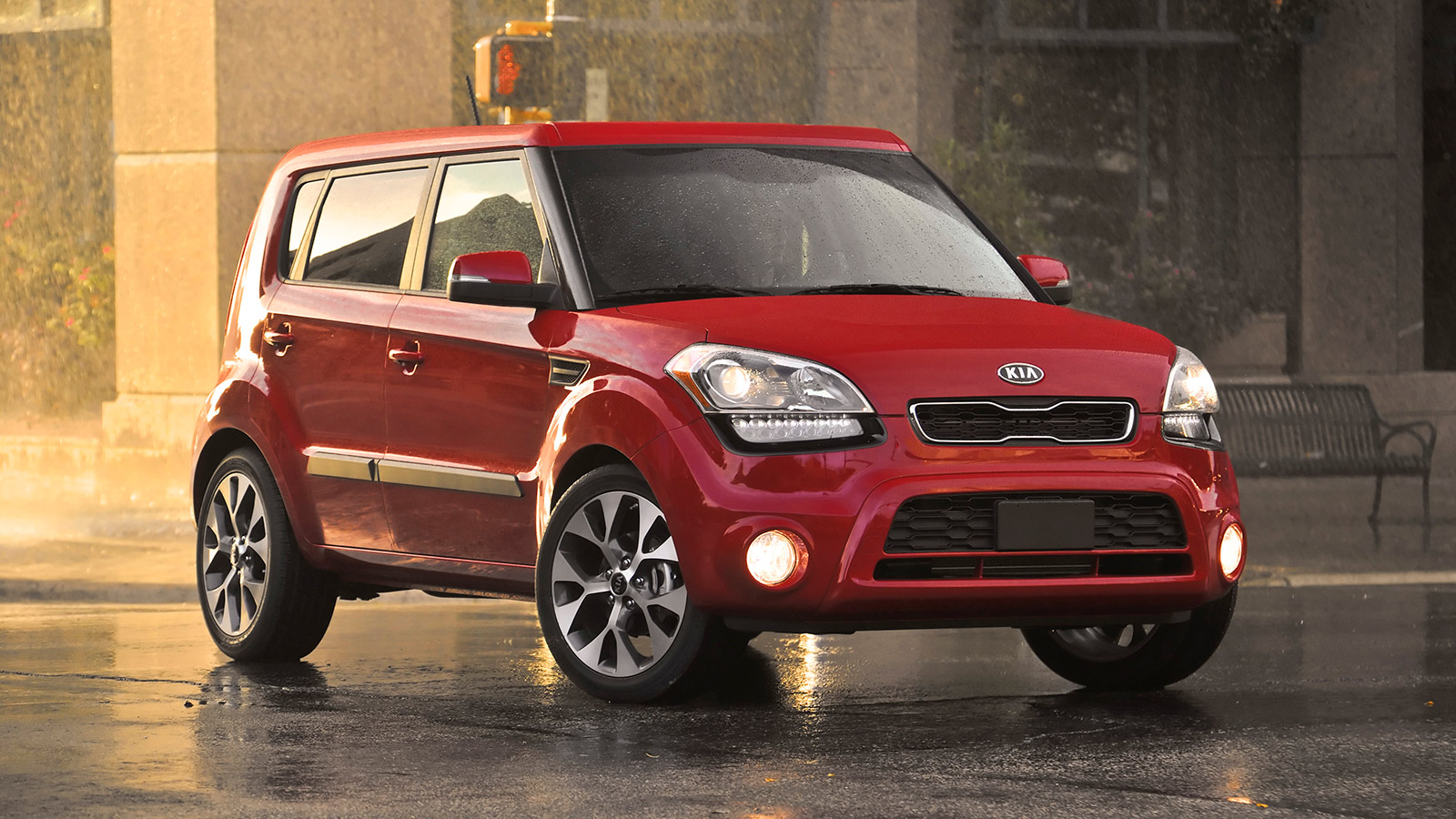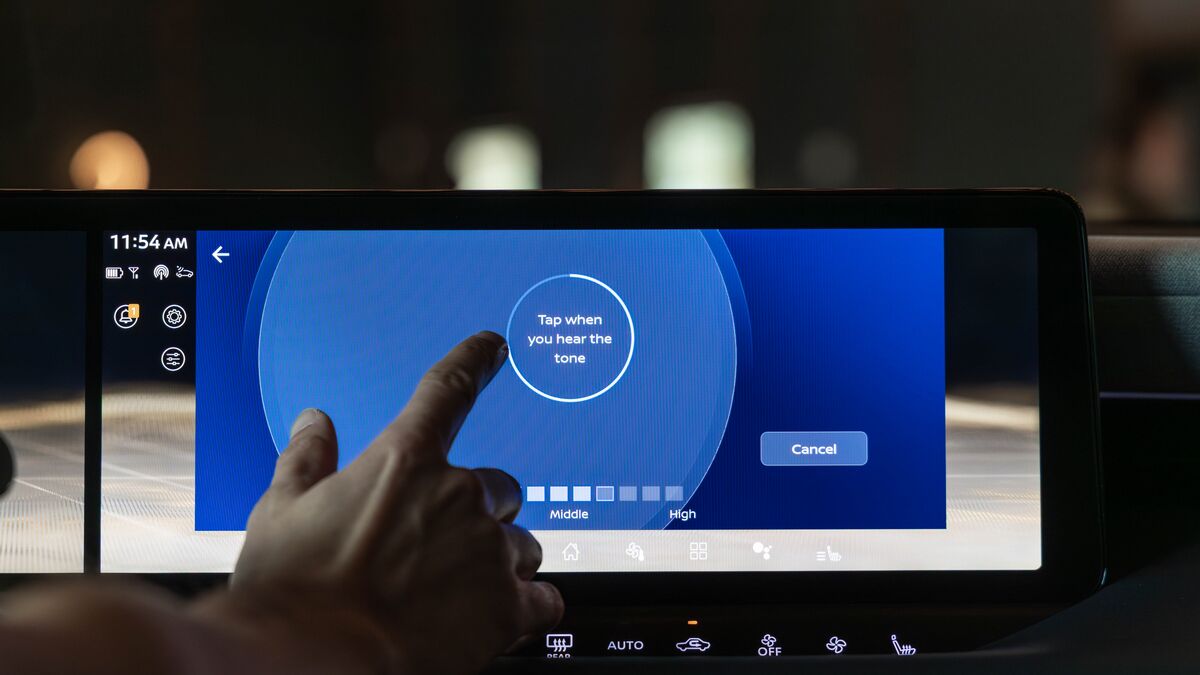The average new car buyer in the U.S. paid $47,244 last month, about one-tenth of 1% lower than January.
Prices remain historically high – 14% higher than in February of 2021. But they are now in a slow, steady slide, and down 5.4% from the peak in December of 2022.
“While everyone may applaud that prices are coming down, even marginally for the moment, affordability is still challenging the market,” said Erin Keating, executive analyst for Cox Automotive. “Most shoppers have not seen their incomes increase as quickly as vehicle prices, so the new-vehicle market remains a challenge.”
Cox Automotive is the parent company of Kelley Blue Book.
Inventory Rising
An increasing supply of cars for sale means lower prices.
At the start of February, new-vehicle inventory in the U.S. stood near 2.61 million units, a 50% increase from one year earlier.
Automakers traditionally aim to keep about a 60-day supply of new vehicles in stock. Some now have well over 100 days, though a handful of popular Asian brands remain in short supply by traditional standards.
Higher Incentives Keeping Prices in Check
Automakers and their dealers are lowering prices through incentives rather than dropping sticker prices. In February, incentives made up 5.9% of the average deal – up from 5.7% in January and 3.1% one year ago.
There remains room for growth, however. Discounts routinely made up 10% of the average sale before the COVID-19 pandemic reset expectations in the car market.
Non-luxury cars sold for an average of $44,052 in February, with incentives making up 5.9% of the average sale.
But truly inexpensive cars remain hard to find.
Of the roughly 275 different models available in the U.S. market in February, only nine had transaction prices below $25,000, and only two transacted for less than $20,000. The Kia Rio and Mitsubishi Mirage were the two most affordable vehicles in the U.S. last month, and both may soon be dropped from the market.
Luxury cars sold for an average transaction price of $61,424 – a slight increase from January’s average. Incentives made up 6.1% of the average luxury car agreement.
Incentive packages continue to be highest with Infiniti, Audi, Mini, and Polestar, all over 10% of the average transaction price, according to Kelley Blue Book estimates.
On the other end of the scale, Lexus, Toyota, Porsche, and Land Rover had some of the lowest incentives last month, all 3.0% or lower. Incentives at Land Rover averaged only 2.0% of ATP, according to the Kelley Blue Book estimates.
EV Prices Continue To Fall
Electric car buyers paid an average of $52,314 – down from $54,863 in January.
EV transaction prices in February were lower year over year by 12.8%, an accelerating decline compared to January, when prices were lower year over year by 11.6%.
“Our research continues to show that price remains a significant barrier for consumer adoption,” said Stephanie Valdez Streaty, director of Industry Insights at Cox Automotive. “So while the higher inventory levels and increased competition continue to drive down the price premium of EVs, it’s important to acknowledge that EVs remain priced above mainstream non-luxury vehicles by nearly 19%.”








